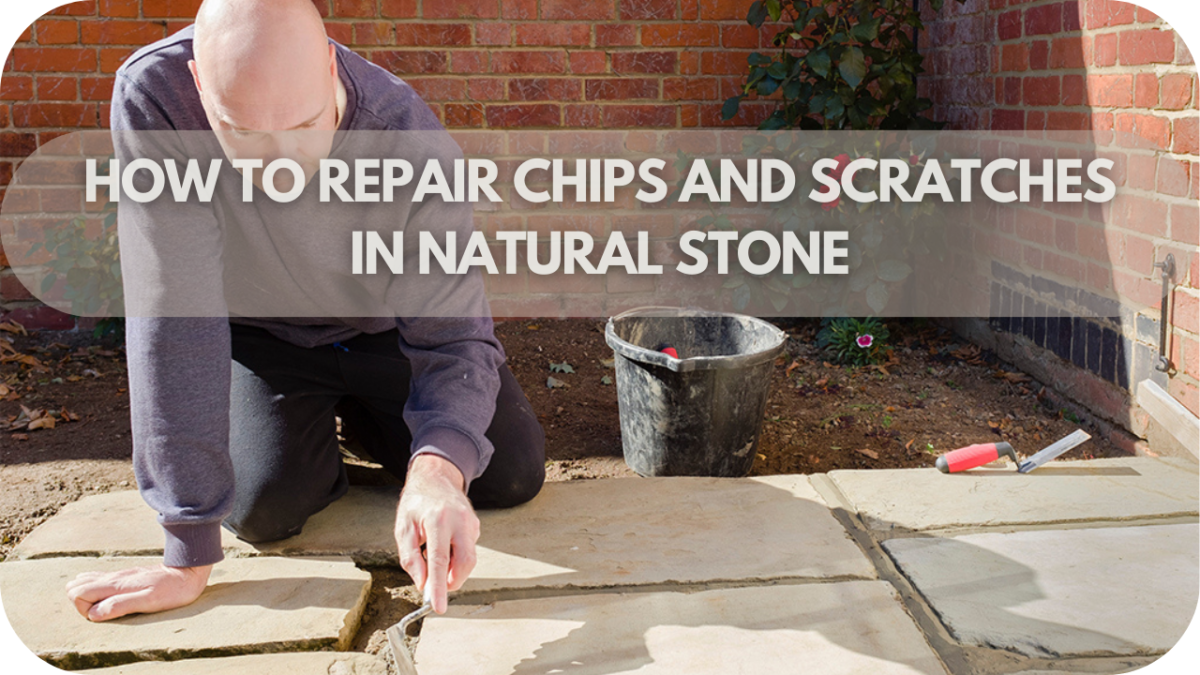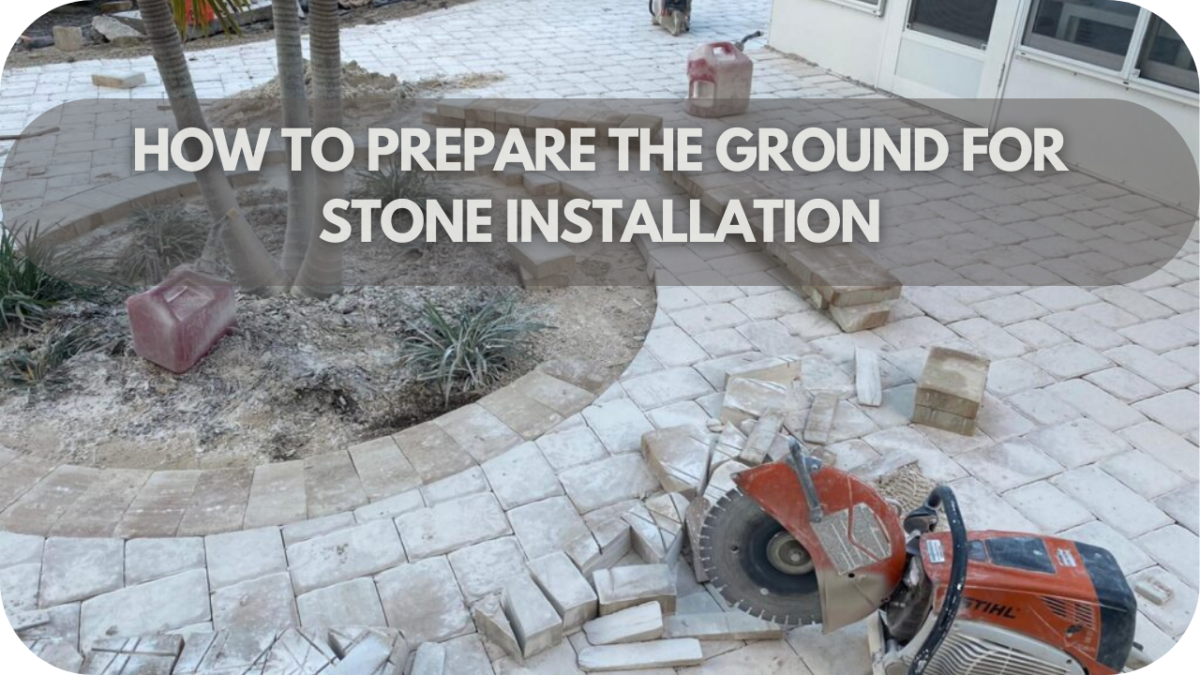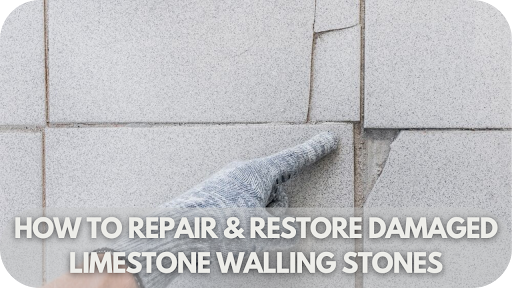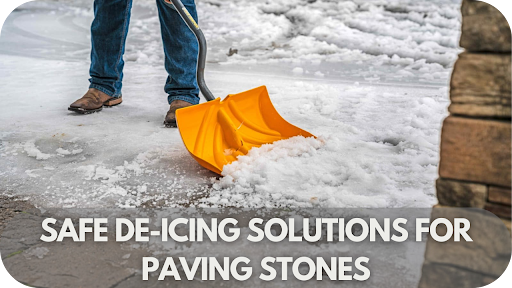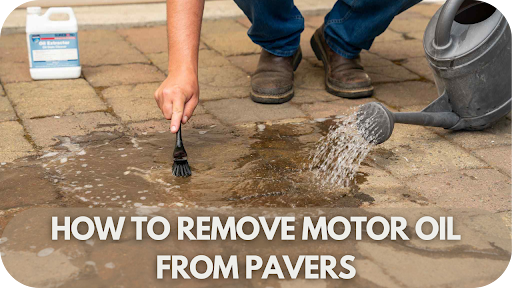How to Enhance Your Garden with Beautiful Shoreham Quartz Pavers
Your garden deserves more than ordinary paving; it needs a touch of sophistication that enhances its natural beauty. Shoreham quartz pavers offer a blend of elegance, durability, and versatility, making them the perfect choice for your outdoor space.
From creating visually stunning pathways to durable patios, these pavers elevate your garden’s aesthetic appeal while providing practical benefits.
Read on to learn why Shoreham quartz pavers are ideal for your garden, how to incorporate them creatively, and the best tips for installation and maintenance.
Why Choose Shoreham Quartz Pavers for Your Garden?
Shoreham quartz pavers are an excellent choice for anyone looking to combine functionality and style. These pavers are crafted from high-quality quartz, a material renowned for its strength and visual appeal.
- Durability: Quartz is highly resistant to wear and tear, ensuring your garden retains its polished look even in heavy foot-traffic areas.
- Low Maintenance: Unlike other materials, quartz pavers require minimal upkeep, making them ideal for busy homeowners. A simple rinse can keep them looking fresh and clean.
- Natural Beauty: Shoreham quartz pavers have a unique sparkle that reflects light beautifully, adding an element of luxury to your garden.
- Versatility: Available in a variety of shapes, sizes, and finishes, these pavers can complement any garden style, from rustic to contemporary.
- Weather Resistance: Quartz is naturally resistant to extreme weather conditions, including heavy rain, frost, and UV rays, ensuring your pavers look impeccable year-round.
- Eco-Friendly Option: Many Shoreham quartz pavers are sourced and produced sustainably, offering an environmentally friendly solution for your garden landscaping needs.
Creative Ways to Incorporate Shoreham Quartz Pavers
Shoreham quartz pavers offer endless possibilities for garden design. Here are some creative ideas to get you started:
1. Elegant Pathways

Shoreham quartz pavers make ideal materials for creating durable and beautiful garden pathways. By laying these pavers in intricate patterns such as herringbone or chevron, you can design walkways that not only serve a functional purpose but also enhance the aesthetic appeal of your outdoor space.
These patterns create a sense of movement and guide guests naturally through the garden. You can further enhance the design by incorporating contrasting grout colours or mixing paver sizes for added texture.
The durability of quartz ensures your pathways withstand heavy foot traffic and weathering, retaining their charm for years. Whether you’re connecting a garden entrance to a seating area or leading visitors to focal points like a fountain, pathways created with Shoreham quartz pavers provide both practicality and visual interest.
2. Patio Perfection
Transform your outdoor living space with a stunning patio constructed using large-format Shoreham quartz pavers. These pavers are perfect for creating an elegant and inviting area for dining, entertaining, or simply relaxing.
Large pavers give a seamless and modern appearance, which is ideal for contemporary garden designs. They are also easy to clean, making them a practical choice for spaces where spills and dirt are common.
By using quartz pavers, you can ensure your patio retains its luxurious look and remains durable, even with exposure to heavy furniture and weather elements.
To elevate the aesthetic further, consider adding complementary features such as potted plants, outdoor rugs, or ambient lighting. A Shoreham quartz patio serves as the heart of your outdoor space, offering both beauty and functionality.
3. Garden Borders

Define and enhance your garden beds with the timeless elegance of Shoreham quartz pavers. These pavers create crisp, structured borders around flower beds, vegetable patches, or lawns, providing a clean and organised look.
The natural sparkle of quartz adds a touch of sophistication while contrasting beautifully with the vibrant hues of plants and flowers. You can choose from various sizes and finishes to match your garden’s style, whether it’s rustic or modern.
Beyond aesthetics, quartz pavers offer practical benefits by preventing soil erosion and keeping mulch or gravel in place. They also make mowing and weeding around garden beds easier, streamlining garden maintenance. By framing your greenery with Shoreham quartz pavers, you can achieve a polished and cohesive landscape design.
4. Water Features
Enhance the allure of your garden’s water features by incorporating Shoreham quartz pavers. Whether surrounding a tranquil pond, a cascading fountain, or a modern pool, these pavers add a sense of texture and luxury.
Quartz’s natural sparkle reflects light beautifully, creating a captivating visual effect around water. Additionally, the material’s durability ensures it stands up to moisture without fading or cracking. You can use quartz pavers to build a border around the water feature or to create stepping stones for access.
Pairing the cool tones of quartz with the gentle flow of water establishes a serene and harmonious atmosphere. This setup not only highlights the water feature but also creates a peaceful retreat in your garden where you can relax and unwind.
5. Outdoor Kitchens

Create the ultimate outdoor culinary space by using Shoreham quartz pavers as the flooring for your kitchen area. Quartz is a practical choice due to its resistance to stains, heat, and moisture—qualities essential in spaces where cooking and dining occur.
The sleek finish of quartz pavers ensures easy cleaning, while their durability makes them capable of withstanding heavy furniture and appliances. By choosing neutral or earthy tones, you can match the pavers with your garden’s overall aesthetic, ensuring cohesion.
Consider extending the pavers beyond the kitchen to connect to a dining area or pathway for a seamless look. With the right design elements, quartz pavers can turn your outdoor kitchen into a stylish and functional space that enhances your entertaining experience.
Design Tips for a Cohesive Look
Achieving a cohesive garden design requires careful planning. Here are tips to ensure Shoreham quartz pavers integrate harmoniously into your outdoor space:
1. Choose a Complementary Colour Palette

A cohesive garden design starts with selecting the right colours for your Shoreham quartz pavers. Choose tones that complement the existing elements in your garden, such as plants, furniture, and architectural features.
Neutral shades like grey, beige, or sand work well for blending with natural surroundings, while darker hues can add a touch of drama. Matching the paver colours with your home’s exterior or fencing also creates a seamless connection between indoor and outdoor spaces.
By focusing on a harmonious colour palette, you can achieve a garden design that feels balanced and visually pleasing.
2. Mix and Match Textures
The texture is key to adding depth and character to your garden, and Shoreham quartz pavers pair beautifully with other materials. Combine the sleek finish of quartz with rougher textures like timber, gravel, or brick to create a striking contrast.
This technique highlights the unique qualities of each material and prevents the space from feeling flat or monotonous. Ensure the textures you choose are cohesive in tone and style, maintaining a unified aesthetic.
3. Focus on Flow
A well-designed garden flows seamlessly from one area to another, and Shoreham quartz pavers can help guide that flow. Arrange pavers in patterns or layouts that naturally lead the eye through the space, connecting pathways, patios, and garden beds.
Curved or winding pathways can add a sense of discovery, while straight lines create a more formal look. Avoid abrupt changes in materials or design, as these can disrupt the overall harmony of your garden.
4. Balance Hard and Soft Elements

Achieving a balance between the hard surfaces of quartz pavers and the soft greenery of your garden is essential for a natural and inviting look. Incorporate plants such as low shrubs, flowering borders, or climbing vines to soften the edges of the pavers.
This contrast creates visual harmony and prevents the garden from appearing overly rigid or artificial. The combination of soft and hard elements brings out the best in both, making your garden feel well-rounded and vibrant.
5. Use Lighting Strategically
Lighting can transform the appearance of Shoreham quartz pavers, especially in the evening. Install subtle garden lights along pathways, patios, or around water features to highlight the reflective sparkle of quartz.
Warm LED lights create a cosy atmosphere, while cooler tones provide a modern and clean aesthetic. Placing lights strategically not only enhances the beauty of the pavers but also improves safety by illuminating key areas. Thoughtful lighting can make your garden a magical retreat after sunset.
Installation Tips & Maintenance

Proper installation and care are essential to maximise the lifespan of Shoreham quartz pavers. Follow these tips to ensure a seamless installation and easy maintenance:
Installation Tips
The key to long-lasting and visually stunning Shoreham quartz pavers lies in proper installation. Whether you’re creating a patio, pathway, or garden feature, following these essential tips will ensure a stable and professional finish:
- Prepare the Base Thoroughly: Start with a well-compacted sub-base to ensure a stable foundation. An uneven or loose base can lead to shifting, sinking, or cracking over time. Use a layer of crushed stone or gravel, compacted firmly, to create a durable and even surface.
- Choose the Right Adhesive: Use a high-quality, weather-resistant adhesive designed for outdoor paving. This ensures the pavers stay securely in place even under heavy use or extreme weather conditions.
- Maintain Even Spacing: Use spacers to create consistent gaps between the pavers. This allows for proper grouting or sand-filling, which adds stability and prevents weeds from growing.
- Ensure Proper Drainage: Slightly slope the surface away from structures to allow water to drain effectively. This prevents water pooling, which can weaken the base and damage the pavers.
- Lay Edging Pavers First: For a polished and professional finish, install edge pavers first. These act as a guide for the rest of the installation and help hold the structure in place.
Maintenance Tips
Caring for your Shoreham quartz pavers ensures they remain as stunning and functional as the day they were installed. With a few simple practices, you can keep them looking immaculate and preserve their durability for years to come:
- Regular Cleaning: Sweep the pavers weekly to remove debris such as leaves, dirt, or twigs that can cause staining or moss growth. For deeper cleaning, use mild soapy water and a soft-bristle brush to maintain their natural shine without damaging the surface.
- Seal for Protection: Apply a protective sealant every 1–2 years to shield the pavers from stains, moisture, and UV damage. Sealing also enhances the pavers’ natural sparkle, ensuring they look pristine year-round.
- Inspect and Repair Promptly: Regularly check for loose pavers, cracks, or worn grout. Addressing minor issues early can prevent larger, more costly problems in the future.
- Prevent Weed Growth: Use a joint stabilising sand to fill gaps and minimise weed intrusion. This keeps your pavers looking neat and reduces maintenance efforts.
- Avoid Harsh Chemicals: When cleaning, avoid using acidic or abrasive products that can damage the quartz surface. Stick to pH-neutral cleaners to preserve the pavers’ finish.
Conclusion
Shoreham quartz pavers combine unmatched durability with a timeless aesthetic, making them a valuable addition to any garden. Whether you’re designing elegant pathways, enhancing outdoor features, or creating a cohesive look with clever design tips, these pavers offer endless possibilities.
With proper installation and maintenance, they will serve as a beautiful and practical feature in your garden for years to come. Elevate your outdoor space with Shoreham quartz pavers today. Contact our team at Splendour in Stone to get started on your garden transformation!


